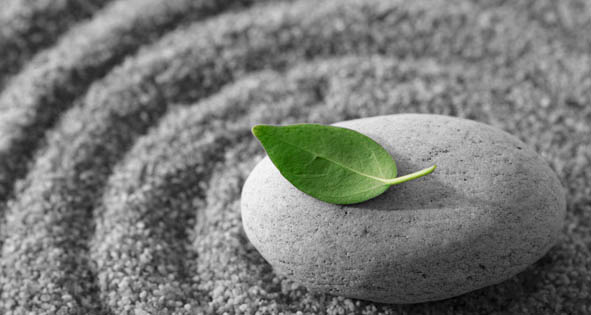Active Meditation – Get Moving…Get Meditating!
When we say meditation, often thoughts immediately go to sitting in a low light room with candles flickering, music playing, sitting cross legged with our eyes closed and mind blank. But if you are like many, starting here in meditation would drive you absolutely mad!
We spend so much of our time in activity, that to begin meditating by abruptly stopping all activity and dropping into non-activity doesn’t calm the thoughts in the mind. It may actually do the opposite, giving time to feed the thoughts and agitating us more.
So what do we do if we desire to begin meditating but fall into this category? We can begin with Active Meditation.
In active meditation, we use movement to calm the mind, gradually bringing us into a space where we can sit in that quiet state without feeling we are going to crawl out of our skin. These activities slowly bring us out of our normal routine, connecting us with our environment, our bodies and eventually ourselves.
One example of Active Meditation is walking meditation. Here is how this might flow:
- Find a quiet place in nature where you can spend anywhere from a few minutes to as long as you desire walking slowly – a park, your yard, anywhere that has some type of natural setting and isn’t overpowered by cars and noise
- Begin to walk slowly and observe your environment – the colors of the trees and flowers, the feel of the wind against your skin, the smell in the air…bring all of your focus on what surrounds you.
- Begin to bring your awareness onto your breath, as you continue to walk and observe. Deepen your breath by relaxing your stomach and expanding it as you breath in. Use each breath in to relax the stomach and deepen the breath just a bit more, until you feel your body begin to relax.
- Take a moment to sit quietly and allow any feelings or emotions to present themselves once you feel relaxed. Don’t linger on any one of them. Simply allow them to present themselves and pass.
- Gently return to your normal activity, when you feel ready, with the refreshed and renewed feeling.
>>> There is no single way to meditate <<<
…it is meant to command your awareness and become present. Whether you like to play music, paint, engage in good conversation with a friend, play a sport…. The key is to find the path that leads you to calming your thoughts and connecting with self. From here, the gates will open and meditation won’t seem like an endless struggle of fighting thoughts.







